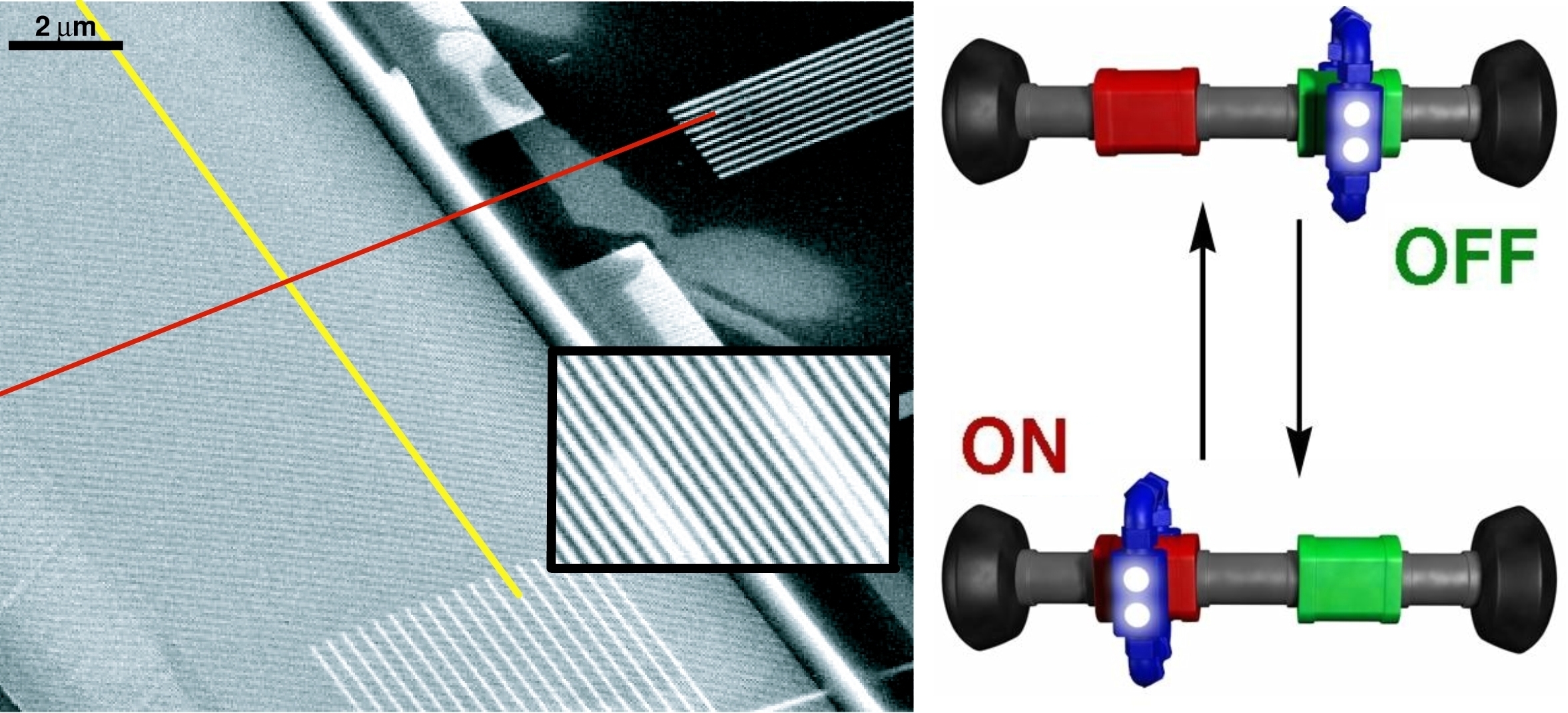It is likely that functional furrows will play a central role in the fields of future molecular devices, new display technologies and "artificial muscles" in nanoelectromechanical devices.

However, in order to realize the potential of these molecular machines, their function must be determined and measured at the nanometer level. Previous methods for observing their activity included chemical measurements in solution and testing a collection of them anchored to a surface, however, none of these methods provided an accurate picture of their function under conditions suitable for their activity in the field of molecular devices.
Now, a team of interdisciplinary researchers from several universities in the USA (UCLA, Northwestern University, UC Merced, Pennsylvania State University) and in Japan was able to observe the interactions of a single species of rotaxanes operating in its natural environment. The research findings were published in the scientific journal ACS Nano.
The research team developed a molecular system that tightly binds rotaxanes to the surface, and allows their individual activity to be examined in their natural environment using a scanning tunneling microscope (STM). Using this technology, the researchers were able to record the changes in the positions of the rotaxane rings along the rods in response to electrochemical signals.
Previously, it was necessary to group the rotaxanes and attach them to a surface for their examination due to their mobility and flexibility. Since microscopes of this type use a tiny tip to examine nanoscale surfaces - in a similar way to a blind person reading Braille - the flexible nature of the rotaxanes made their individual examination difficult. In contrast, the research team's molecular system significantly helped reduce this flexibility.
The new system developed by the researchers allows for more detailed tests of molecular machines, tests that will enable a better understanding of their reaction with the environment and their activity together in nanoelectromechanical devices.
